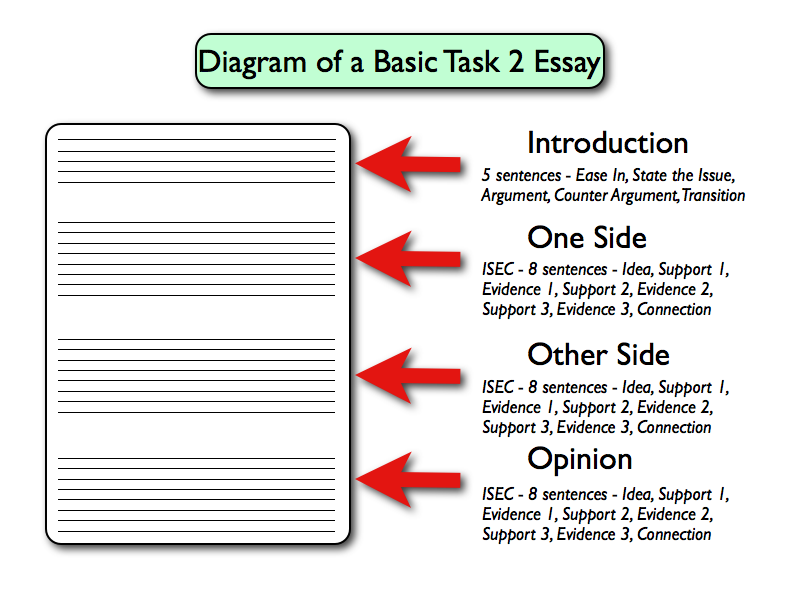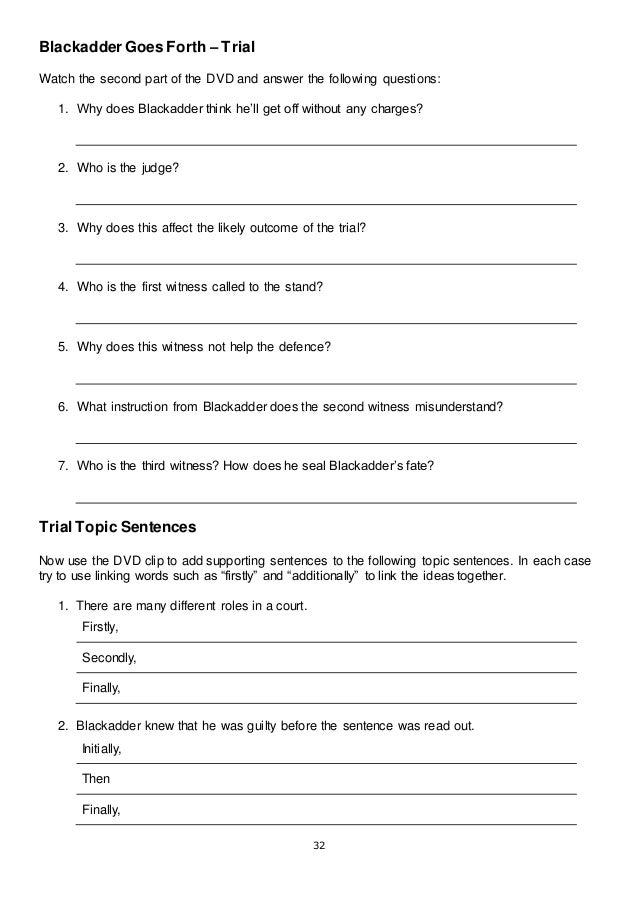

Indigenous people engaged widely and often enthusiastically in the war effort: donating huge sums to humanitarian and patriotic causes participating in drives to collect In women’s auxiliaries, as Métis Dorothy Asquith recalled, “verybody was so involved in what was happening with the war nobody was involved in such pettiness.” Home Front Indigenous women saw relatively little in the form of racial prejudice The forces and a nasty “whisper” campaign in the press that painted women in uniform as promiscuous. They experienced many parallels with other servicewomen in the form of pervasive sexism in In all, 72 Status Indian women are known to have served overseas. Some First Nations and Métis women are known to have enlisted with the women’s auxiliary services of theĪrmy ( CWAC), RCN ( WRCNS, “Wrens”) and RCAF ( RCAF-WD),įilling many different clerical, first aid and mechanical roles, both in Canada and overseas. While anti-climactic, conscription remained a major concern for Indigenous people throughout the war. Relatively few Indigenous men were included in the 2,463 conscripts that saw combat in 1945. The exemption covered only recruits from Treaties 3, 6, 8 and 11, roughly one-fifth of the Status Indian population (in the Prairies and Northwest This, however, violated promises made during negotiation of several historical treaties and Indian Affairs requested a limited exemption for Status Indian conscripts, which Nevertheless, this policy remained unchanged until late 1944, when the conscription crisis forced Prime Minister Mackenzie King toīegin sending conscripts into combat overseas, including Status Indians. First Nations leaders remembered the limited exemption in 1918 and protested that it was unjust to compel people without citizenship rights

Once France surrendered in June 1940, Canada accelerated and expanded its military commitment, and initiated conscription for home defence in September 1940 ( see National Resources Mobilization Act).Īfter some uncertainty, Status Indians were included in mandatory military training and military service in Canada. By the mid-point of the war, only 29 Status Indians were in the RCAF, 9 in the RCN (despite the racial barrier) and approximately 1,800 in theĪrmy. Populations in the early 20th century meant few could meet strict medical and demanding education standards. Nevertheless, inadequate healthcare and schooling for Indigenous The RCAF appears to have exempted Status Indians from this provision early in the war. Required volunteers be “of pure European descent and of the white race,” until 19 respectively. Both the Royal Canadian Air Force (RCAF) and Royal Canadian Navy (RCN) Service in the Second World War was little changed from the First World War, as a combination of factors funnelled the vast majority of Indigenous recruits into the army where However, the overall nature of Indigenous military As of May 2018, he has identified more than 154,000 individuals, includingĪbout 19,000 that have served with Canadian forces.Ĭanada built not only a large army, but also, by war’s end, the world’s third largest navy and fourth largest air force. For more than 20 years, Castelnot has researched Indigenous men and women that have served with British, French, Canadian and American forces since the 17th century. Six Nations Grand River reserve, was the highest-ranking Indigenous officer of the war.Īccording to Yann Castelnot, an amateur historian based in Quebec, more than 8,000 Indigenous persons Brigadier Oliver Martin, a Mohawk from the The numbers for Status Indians were closer to 4,250 the figures for other Indigenous groups are difficult to pinpoint but may have totalled a few thousand.Īs in the First World War, Indigenous military servicemen and women generally experienced respect, acceptance and promotion in the forces. Indian Affairs ( see Federal Departments of Indigenous and Northern Affairs)įigures for First Nations enlistments note 3,090, but these figures were woefully incomplete. As in the First World War, more is known of Status Indians’ service and experiences, as most Métis were not recorded, and few Inuit served. Arguably, the scale and diversity of Indigenous engagement in the war effort was greater in this conflict, as was the breadth and determination Volunteered in the thousands, more still were conscripted, and communities contributed to the national war effort. Once again, as in 1914 ( see Indigenous Peoples and the First World War), Indigenous youth In 1939, Canada declared war and began building militarily and economically for the Allied cause ( see Second World War).


 0 kommentar(er)
0 kommentar(er)
